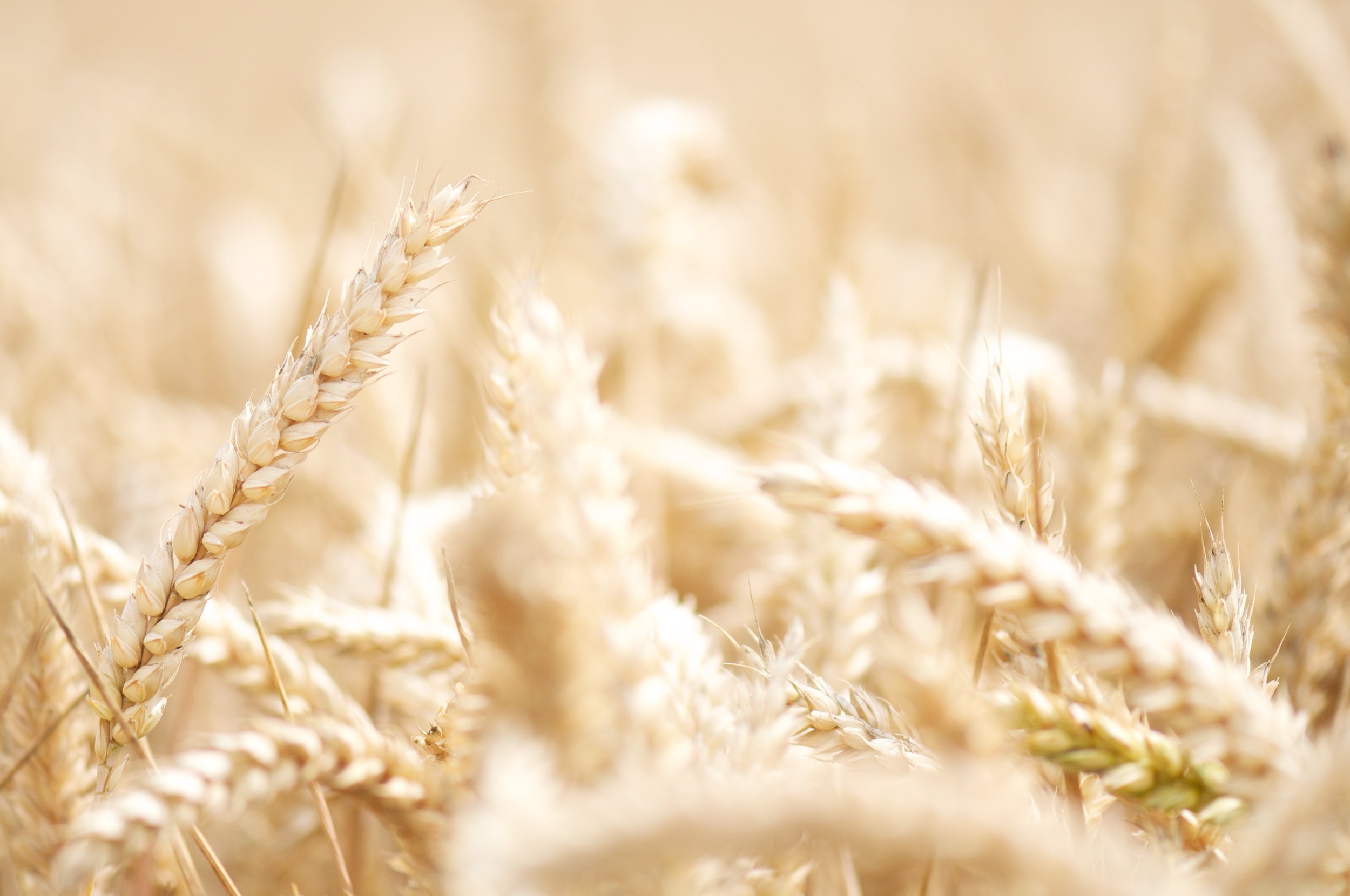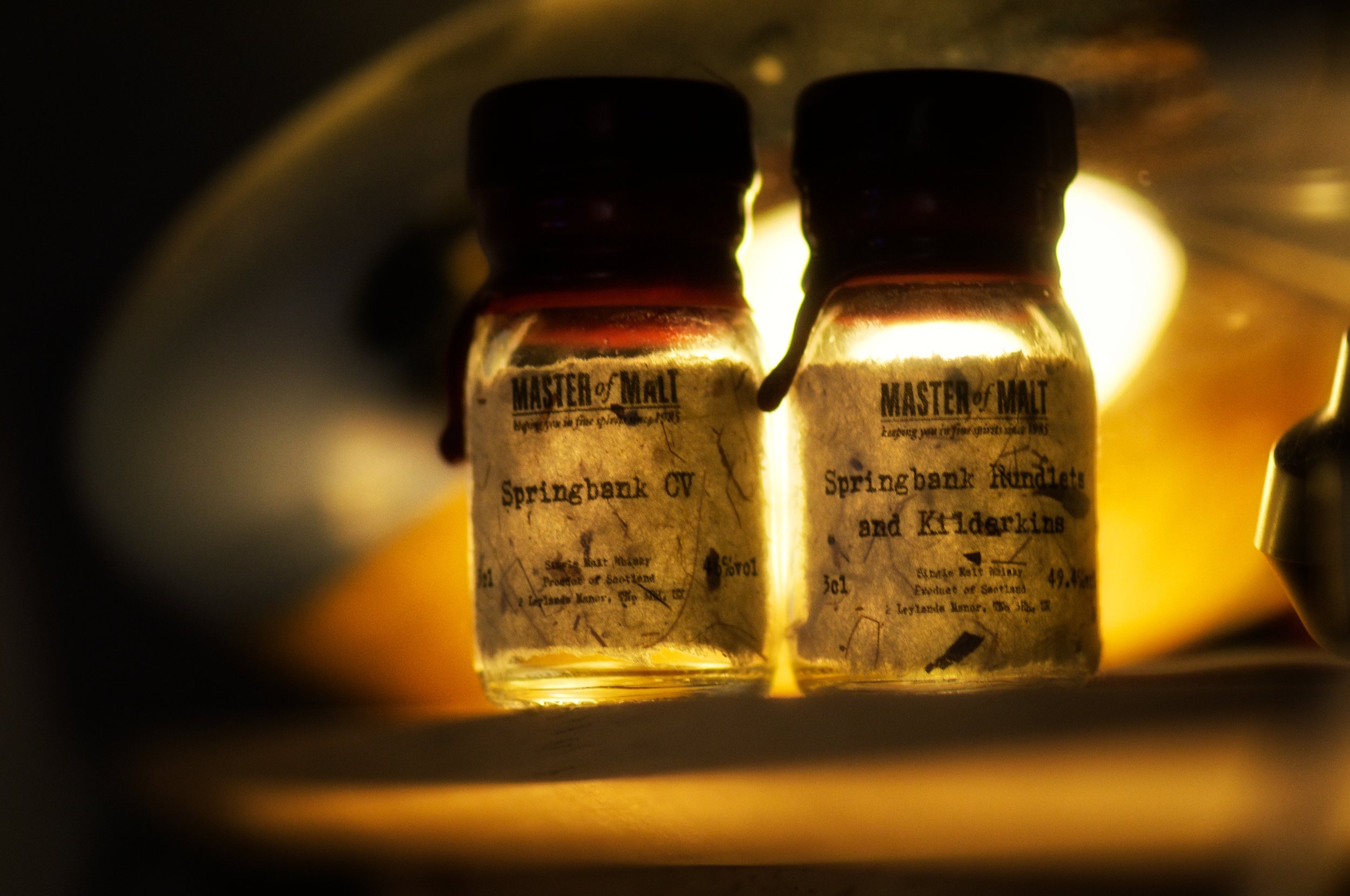Rundlets and Kilderkins
In the summer I play cricket. I cannot claim to do it well, but I do enjoy playing. I think I would probably fall into the category of bowler over batsman since, although I enjoy batting, I never seem to spend any quality time at the crease. My most effective work seems to be based around using the length of my limbs to hurl the ball at (reasonable) speed.
The most important part of any batsman’s armamentarium is (clearly) the bat. There are surprisingly few manufacturers of bats, especially in the UK, the spiritual home of cricket; even more surprising is how few bat manufacturers complete all the processes of manufacture themselves. As far as I am aware, only one brand grows, fells and processes all their own trees, shapes the clefts into blades then, finally, shaves and presses the blades into shape. Yet all of them claim the wood is of the utmost importance. However, as almost all bats are reduced to primitive bludgeoning devices in my hands, all subtlety and perfection in the manufacturing is lost on me.
one of my two ever half centuries...
Although Rundlets and Kilderkins is a non age statement whisky because of the relatively tiny nature of the casks (R are 15 gallons, 68 litres; K are 18 gallons, 81 litres) it has been aged in, the exposure to so much wood has sped up the process, resulting in a far smoother, more mature whisky than should seem possible for its (likely) young age. CV is also a non age statement whisky but is part of quite an interesting approach by the Springbank distillery. They have produced a CV expression of each of their malts (Hazelburn, Springbank and Longrow), designed to showcase the standard characteristics of the brand; these won’t have the subtle nuances of certain expressions, but will allow consumers to decide which malts they want to pursue further.
Springbank CV
Colour: pale, almost greenish straw
Nose: toffee and salted caramel, some smoke, faint sea air saltiness, sherry spices
Body: smooth and clean
Palate: dried apple slices, caramel and syrupy sweetness, with a developing savoury saltiness and smoke.
Finish: initially slightly tart, citrus notes, develops into a very long creamy honey finish
Springbank Rundlets & Kilderkins
Colour: warm amber
Nose: creamy toffee apple notes, a little sea air, a hint of pipe smoke
Body: rich and smooth
Palate: salted caramels, apple notes, christmas cake fruits and spices, creamy milk chocolate, cereals. Huge layers of flavour.
Finish: slightly cooling, smoky descending into honey. very smooth overall.
They are both wonderful whiskies, both new to me. The layers of flavours present in both is quite staggering, though the changes and progression between layers in the R&K are far subtler than in the CV. For my money, the simplicity of the CV is far outshone by the complexity of the R&K, and makes for a more interesting dram, albeit possibly one more suited to winter warming.
There is a similar oddity in the whisky world. Although all whisky brands will extol the importance of all the factors involved in the manufacture of their product, surprisingly few complete all the stages themselves. Again, as far as I know, only Kilchoman grow, malt and distill their own barley before casking, warehousing and bottling all of the product themselves. Many of the Scotch Malts actually have their barley malted in Berwick, a small English town (although a source of some dispute – it has been Scottish in the past, and there is a current crusade to move the Scottish border 20 miles south of the Tweed, making Berwick Scottish once again). Many do not bottle their own product, the cooperage is done elsewhere, warehousing happens offsite and so on. Truth be told, I doubt very much that, based purely on the flavour or quality of the whisky, anybody could tell which whiskies were produced by distilleries which handle every aspect single handed, or those that contract out. It just seems perhaps a little underhanded in their advertising to suggest how important every stage is, when so little is done themselves.
One of the distilleries to complete a vast majority of the work singlehanded is the Springbank distillery in Campbeltown – the only aspect they don’t do is growing their own barley. There seems to be some consensus that while many distilleries label themselves as traditional and have undertaken great renovations in an effort to transform their industrial image to a more rural look, Springbank has remained properly traditional – there is no computerisation, no automation; this is a properly hand made product. They are still using some unique techniques. They produce the only whisky that can claim to be two and a half times distilled through a slightly complex system; roughly half of the low wines from the wash still go through one low wine still, as per most other distilleries and the second half goes through both of the distillery’s second stills, resulting in a truly unique dram.





